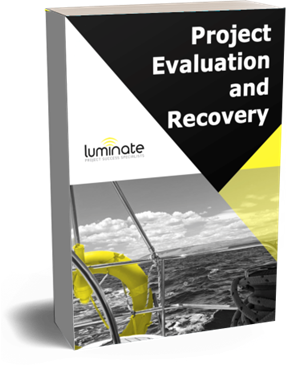What do we all want when we start a project?
Success.
Unfortunately, wanting success and securing success are two entirely different things. But that doesn’t mean it has to be hard. It just means that the correct steps have to be taken.
And one big step is ensuring that your business has strong and lasting relationships with your vendors.
A business rarely has all the resources to successfully execute a project on its own. Ultimately it will have to turn to external resources, and it makes sense to expect that smooth relationships with vendors will result in a smoother ride for your project. That’s why your business has to have an efficient vendor management system in place.
These four steps will help to ensure that your project can reap the rewards of a successful vendor management process:
- Establish Business Goals – Before you even enlist a vendor to help you, you need to establish what your project goals are. This is simply so that your vendors can understand what you need from them and what you need done.
- Appropriate Vendor Selection – Do your research before you select a vendor. Make sure that they have the experience you are looking for. What do their quotes actually include, and what are they leaving out? We have all been caught out by fine print before, so make sure your project isn’t left struggling because of such. Make sure the vendor you choose for your project has your strongest confidence.
- Risk Assessment – This step should not be underestimated. To expect that a project will run smoothly the whole way through, will likely be your project’s downfall. Risk assessment and risk management will help your relationship with vendors, as you can expect and thus manage the hiccups and bumps that might otherwise have had them lose confidence in your project. These steps will help:
- Identify risks that are likely to come about.
- Analyse the effects these risks could have. How likely are the risks to happen? And if they are to occur, what will the likely impact be? Measure it on a simple scale.
- Create a plan of action for the risks – can they be mitigated? Can they be avoided entirely? Can they not be avoided? If not, is the project worth going ahead with or will you have to think of an entirely new strategy to achieve your goals?
- CREATE and KEEP a risk register document. This will allow you to smoothly assess your roadmap and analyse how you deal with risks.
4. If there is a problem, never play the blame game. We are human beings, and ultimately, because we are such, we all make mistakes. Handle each mistake with grace and patience and reflect on how you can avoid them in future. If it was your mistake, own it and ask yourself how you can do better next time.
Ultimately, building healthy relationships with your vendors will allow your project a far greater chance at success than it would do otherwise. As the saying goes, two heads is always better than one. So working collaboratively is key.
If you can make sure that you have a smooth and healthy vendor management system in place, that you pay them promptly and that you avoid reaching for the contracts every time there is a mistake made, you can build a team upon which you can build an empire on.


